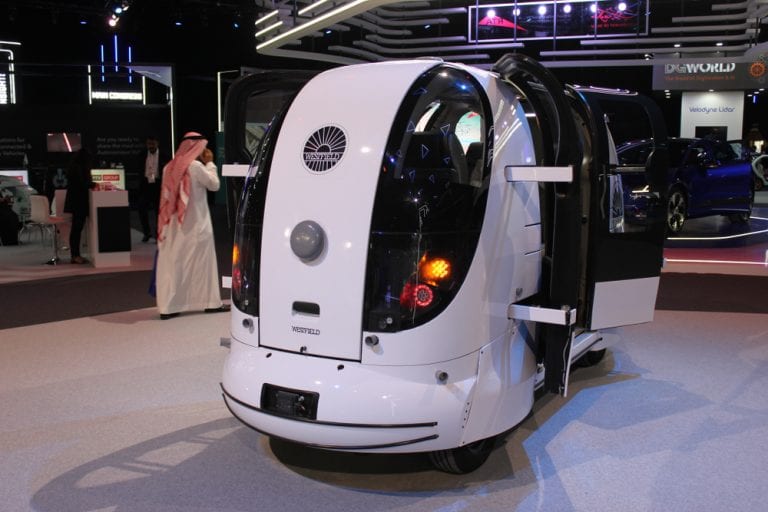

Dubai Operating Driverless Taxis
To Know: How Cruise Autonomous Vehicles Work?
Working
Two electric vehicles are studying corners, pedestrian crossings, stretches and features of roads in Dubai’s Jumeirah to create digital maps for driverless vehicles.
Operation
The Roads and Transport Authority (RTA) and General Motors-backed Cruise are operating the Chevrolet Bolt electric vehicles (EVs) to create and maintain a navigable map for autonomous vehicles (AVs).
Dubai: Preparing to Launch
The launch of the actual driverless taxi and e-hail services by 2023, making Dubai the first city in the world to commercially operate Cruise self-driving vehicles outside the US.
Driverless Taxis: State of Seeing
According to Cruise, its cabs are powered by over 40 sensors, giving them “360° view to see far and wide”.
Mapping
Location of surrounding objects within centimetres.
Cruise AVs: Role of Sensors
Sensors can see hundreds of feet ahead, and around that double-parked car.
Sensors give the AV information about everything nearby, like pedestrians, construction, bikes, other cars, road conditions, and more.
Specifications: Designed With Highest Levels of Safety
1. Cab determines the best way to reach its destination by considering multiple paths per second.
2. Constantly choosing the best one to meet changing road conditions and events.
2. AVs evaluate and negotiate the complex movements of busy city streets.
Actions
Cruise AVs detect, predict, and respond to the movement of people, animals, and objects.
Using Artificial Neural Networks
The AV ‘tells’ the wheels and other controls - like the throttle, brake, and steering – “how to move along this path, speeding up or slowing down to react to changes around it”.
Expectations
- AVs will be deployed in limited numbers next year to offer taxi and e-hail services.
- Number will gradually reach up to 4,000 vehicles by 2030.